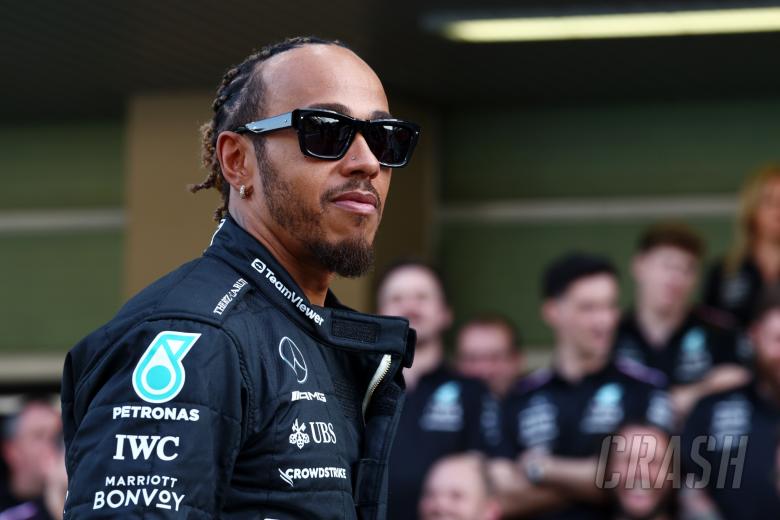
Toto Wolff highlighted unusual new components on Mercedes’ 2024 car as the team attempts to re-establish Lewis Hamilton as a title contender.
It had been two years since the seven-time world champion had won a race. He didn’t seem likely to do so in a season dominated by Max Verstappen and his Red Bull outfit in 2023.
Mercedes began the season with their unique ‘zeropod’ concept, which had failed the previous year, but quickly shifted when they realized they would never be able to compete with the Red Bulls.

Wolff, the team’s principal, has defended his team’s decision to keep to their beliefs. He claims Mercedes has learned from their failures and has vowed a less flashy 2024 effort, albeit the Silver Arrows do have some tricks under their sleeves. “I think we were bold and courageous to embark on the road with such a car,” the driver told Planet F1. “That was a novel idea that no one else had tried before, and it didn’t work.” That, I believe, is all there is to it. It is physics, not mystics.
“Next year’s car will be more conventional in terms of what you’d expect from a Formula One car, but there are a few interesting details that we haven’t seen on other cars yet.”
“Every difficult year is part of a learning curve that makes you better later.” I wish we had been able to compete for the world championship, but that was not the case. So we are excited for next year. The sails are all set for 2024. We take the lessons learned and conduct additional analysis, but it’s not about the new car; it’s about the organization.”
The forthcoming innovations hinted at by Wolff suggest a propensity for further experimentation by his team in 2024, all in an effort to bridge the performance gap to Red Bull. While this strategic move holds the promise of success, it also carries inherent risks – particularly considering Wolff’s prior affirmation that the team commenced the design of the W15 from square one.
Wolff has previously emphasized this shift in approach, stating, “We are revamping the entire concept. We’re departing completely from our previous chassis layout, weight distribution, and airflow. Virtually every component is undergoing significant change because we believe this is necessary for us to stand a chance.”
However, he tempered expectations by cautioning, “There’s a possibility we might not achieve the anticipated gains. So, the spectrum ranges from not meeting our expected improvements to catching up and making a substantial leap forward to compete at the forefront. All outcomes remain within the realm of possibility.”
Leave a Reply